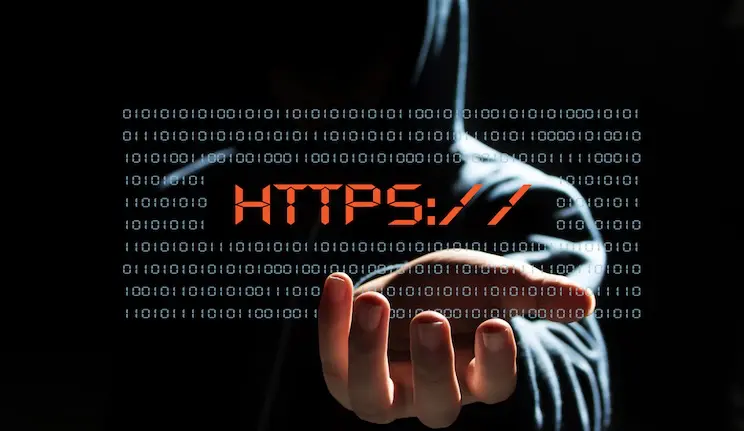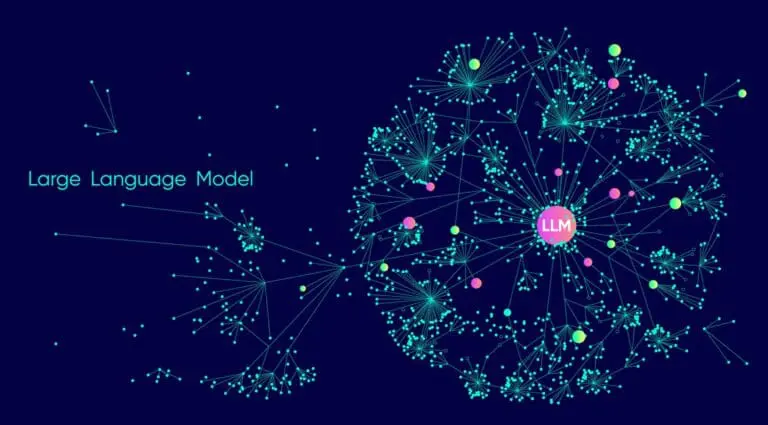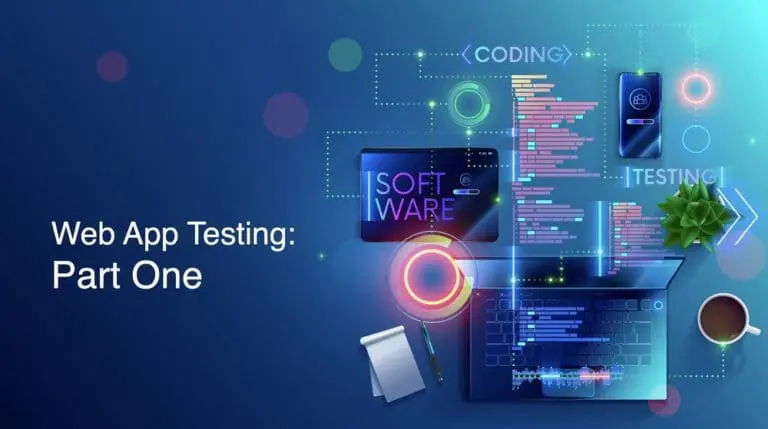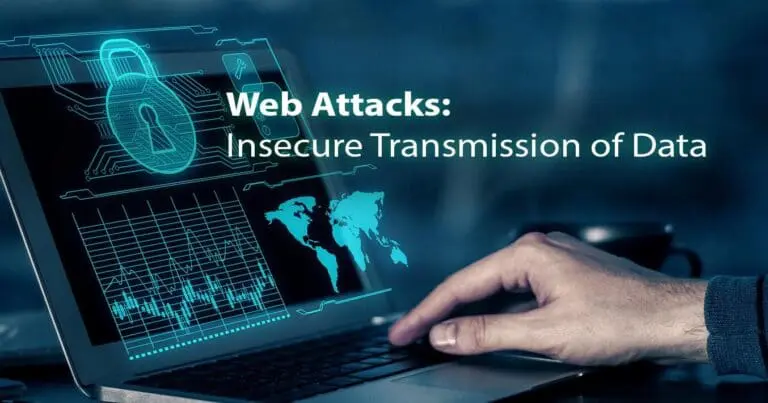OWASP Top 10 for 2025: What’s New in Web Application Security
The OWASP Top 10 2025 for web applications release candidate was released last week. Take a look at which categories have moved as well as one new category.

The OWASP Top 10 2025 for web applications release candidate was released last week. Take a look at which categories have moved as well as one new category.

A recent Portswigger white paper on HTTP/1.1 highlights critical security issues. If you use old products that still require it, here’s what you can do.

Lead Penetration Tester Ryan Chaplin walks us through 5 real-world attack scenarios used in real-world penetration tests by Raxis.

Lead Penetration Tester Jason Taylor looks at OWASP’s Top 10 list for LLM applications for penetration testing as AI machine learning becomes prevalent.

When performing web app, mobile app, and API penetration tests, we refer to the OWASP Top 10. Here we’ll discuss what that means and why it’s helpful.

In this post, Raxis VP Brad Herring explains how web proxy tools can turn even simple buttons and check-boxes into avenues for an attack.

Lead penetration tester Matt Dunn continues his discussion about web application testing. In Part Two, Matt explains testing as an authenticated user vs. as an unauthenticated user.

Learn how Raxis approaches web application testing and how it differs from network penetration testing. Lead penetration tester Matt Dunn explains in this post.

When testing web apps, the diverse skills Raxis brings to the table ensure that you get meaningful, actionable findings that will make your app more secure.

Raxis COO Bonnie Smyre discusses the vulnerabilities that arise when web apps transmit data insecurely and what you can do to secure your apps.

Many of the external network and web application penetration tests that we perform list ‘clickjacking’ as a vulnerability. Here Raxis COO Bonnie Smyre explains what clickjacking is and how you can protect against it.